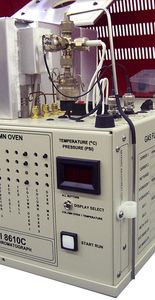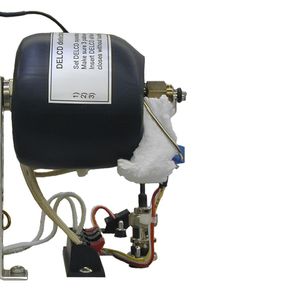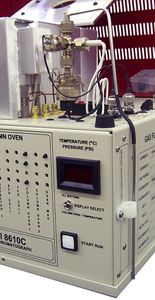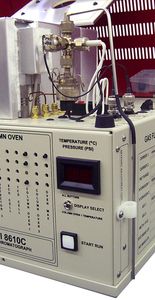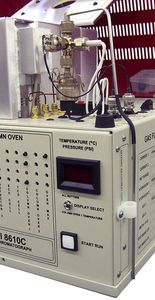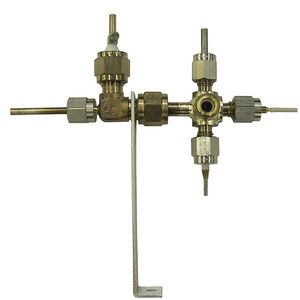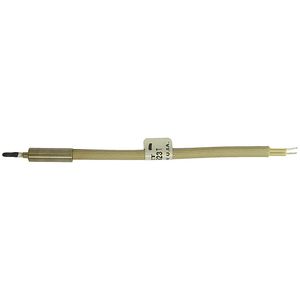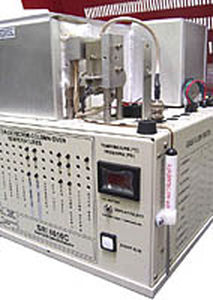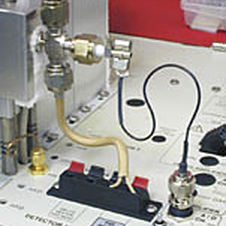
Gas detector ECDnitrogenmethane
Add to favorites
Compare this product
Characteristics
- Detected entity
- gas
- Gas type
- nitrogen, methane
Description
ECD - Electron Capture Detector
Thermostatted from ambient to 375°C
Offers extreme sensitivity—down to 10 ppt
Detects electronegative compounds
Mandated for pesticides and PCBs
The SRI Electron Capture Detector can be operated with either nitrogen or argon-5% methane (P5) makeup gas, and nitrogen, P5, or helium carrier (as long as the helium flow is less than 10 milliliters per minute). The ECD may be thermostatted from ambient to 375°C.
The ECD detects electronegative compounds, especially chlorinated, fluorinated or brominated molecules such as carbon tetrachloride, bromoform, PCBs and pesticides such as DDT. The ECD offers extreme sensitivity (parts per trillion for SF6).
Our ECD consists of a stainless steel cylinder containing radioactive Nickel-63. The Nickel-63 emits beta particles (electrons) which collide with the carrier gas molecules, ionizing them in the process. This forms a stable cloud of free electrons in the ECD cell. When electro-negative compounds enter the cell, they immediately combine with some of the electrons, temporarily reducing the number remaining in the electron cloud. The detector electronics, which maintain a constant current (about 1 nanoampere) through the electron cloud, are forced to pulse at a faster rate to compensate for the decreased number of free electrons. The pulse rate is converted to an analog output, which is connected to the data system.
Catalogs
Related Searches
*Prices are pre-tax. They exclude delivery charges and customs duties and do not include additional charges for installation or activation options. Prices are indicative only and may vary by country, with changes to the cost of raw materials and exchange rates.






